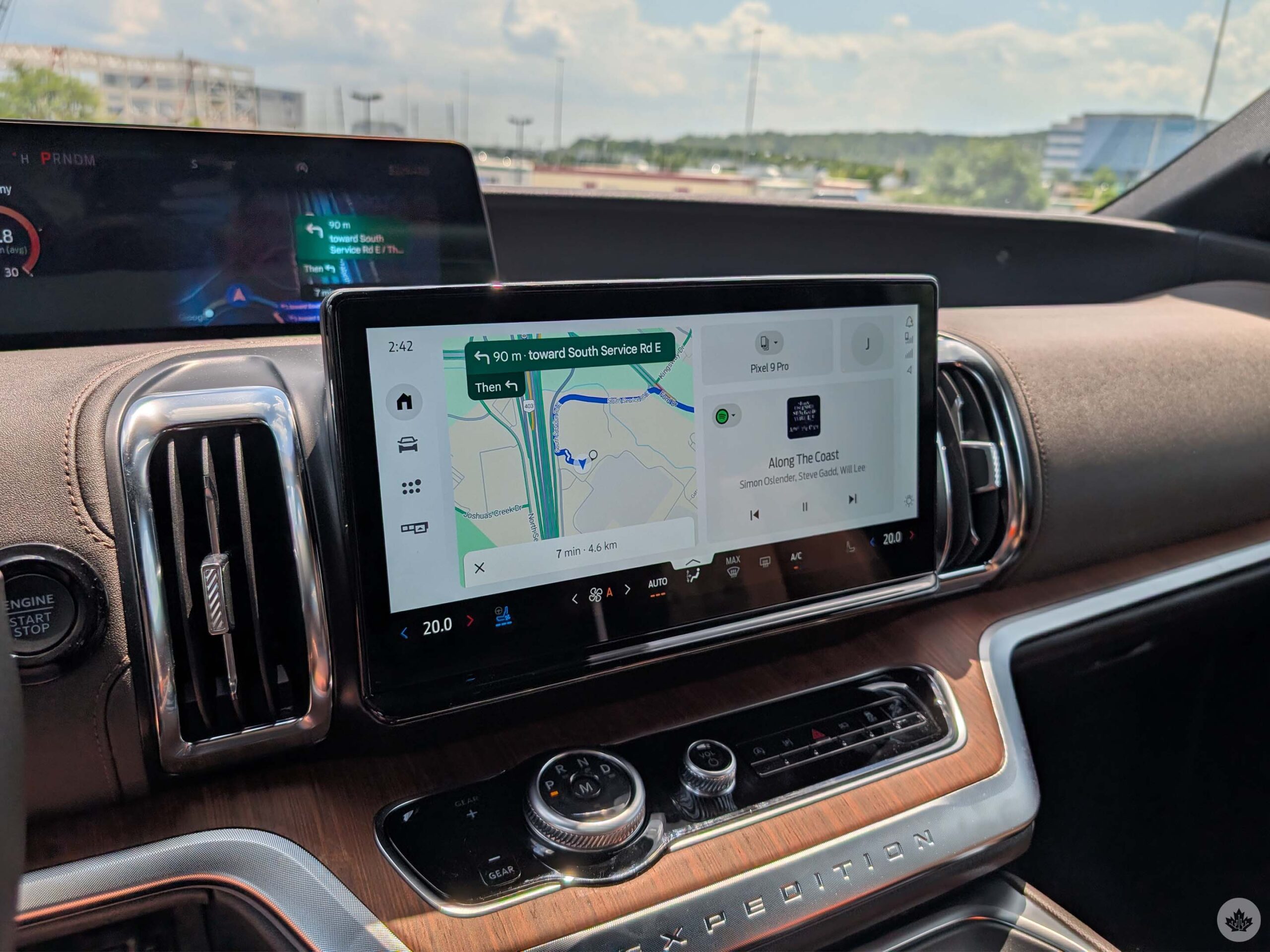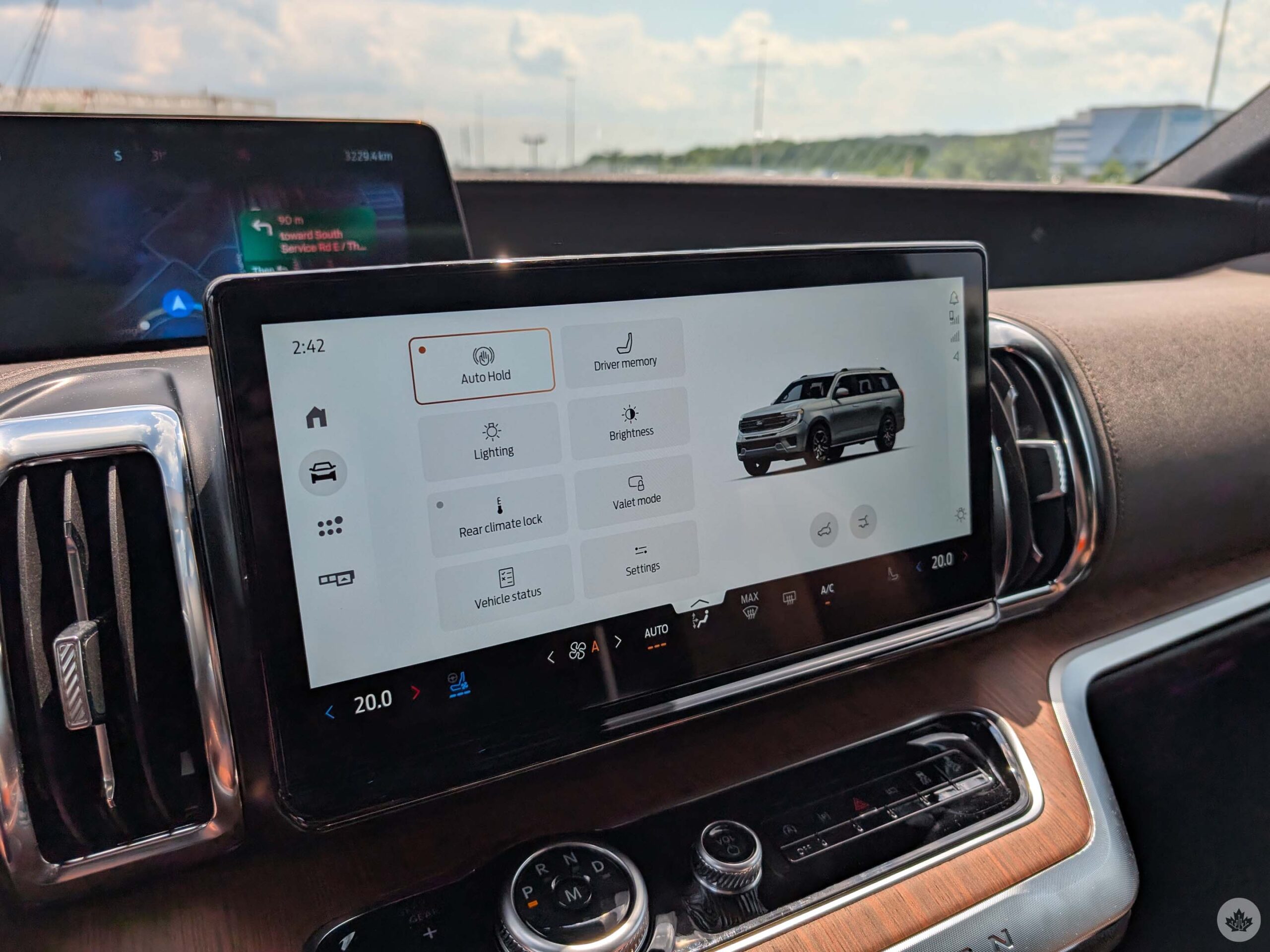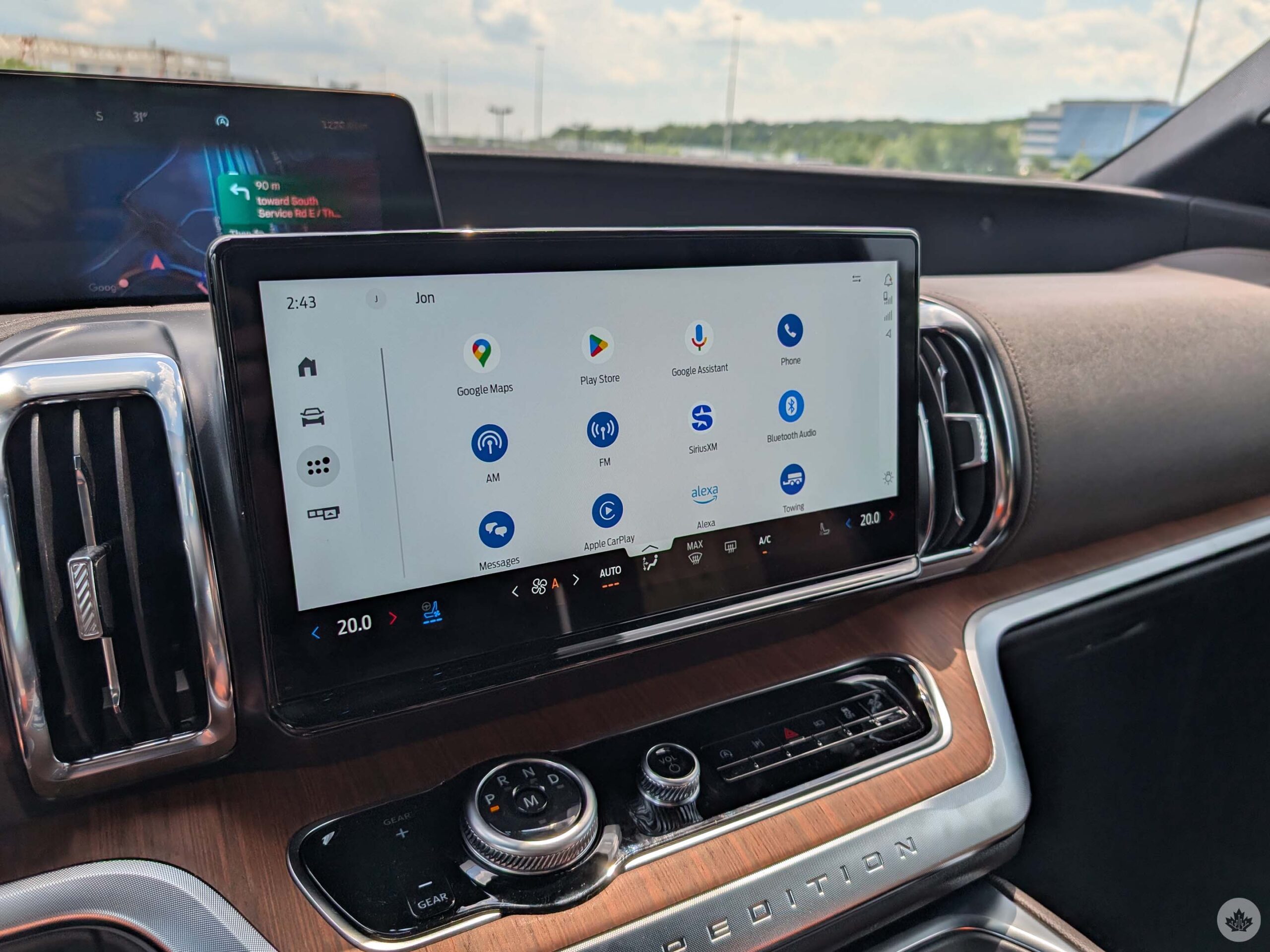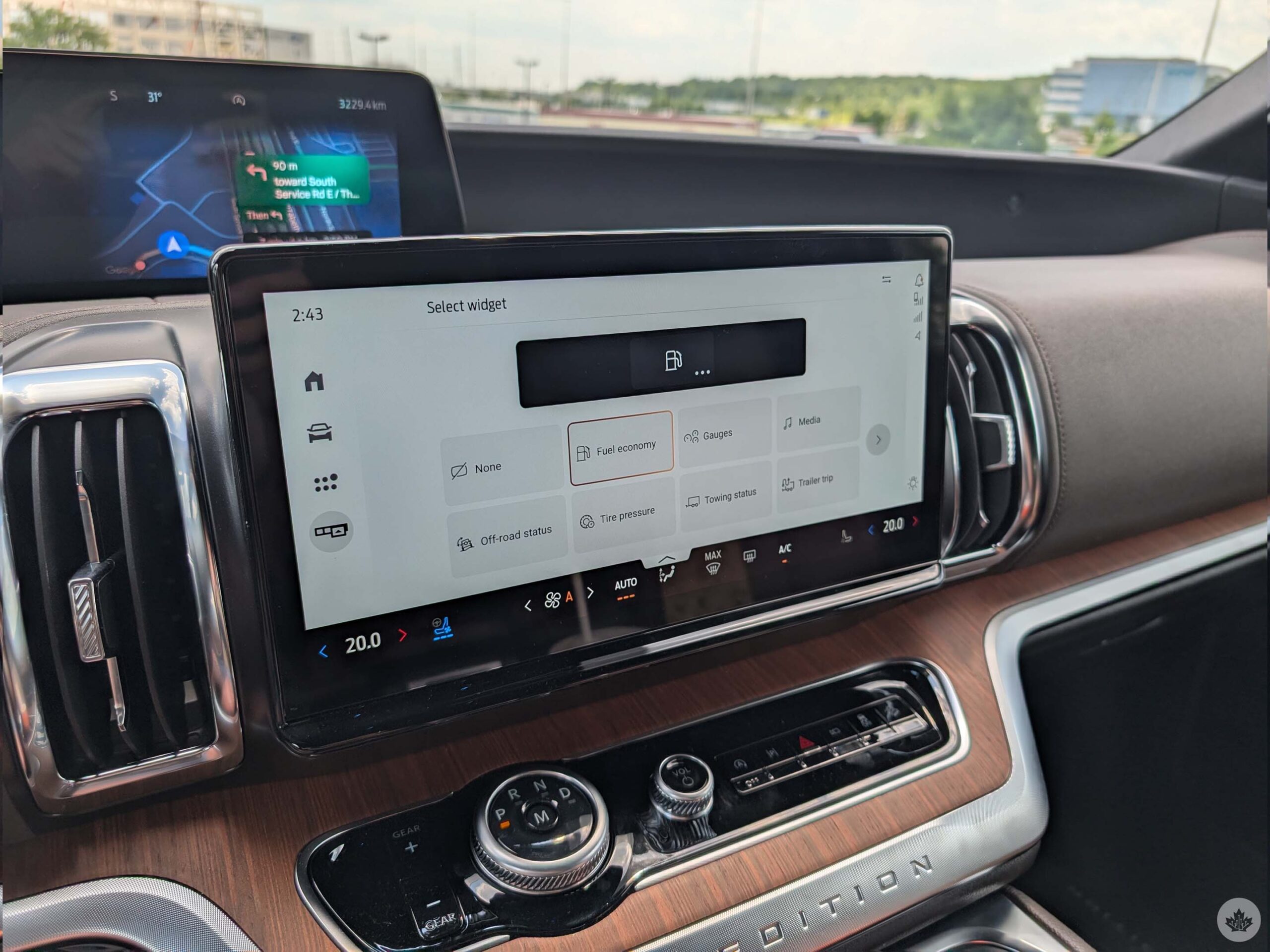After testing Ford’s Blue Cruise level two autonomous driving system in the company’s 2025 Expedition, I have complicated feelings.
Ford loaned me an Expedition over the Canada Day long weekend so I could test drive the SUV and features like Blue Cruise. I was quite excited, as I hadn’t tried any autonomous driving systems like this before. It was a great chance to see what these systems are like, get some hands-on experience with them, and figure out whether they work well.
And the short answer is, they do. Kind of. Blue Cruise surprised me with how well it worked. But as good as it is, I walked away with a few concerns about it and autonomous driving in general.
But before I get too deep into that, let me introduce you to the 2025 Expedition.
Don’t call it an SUV
The Expedition is huge.
It’s one of the biggest vehicles I’ve driven in a long time, mostly because I hate big vehicles. Ford calls the Expedition an SUV, but I’d consider this more like a truck than anything. And most people who saw me driving it thought the same — I got multiple comments along the lines of “That’s a nice truck” from friends, family, and even strangers during my time driving the Expedition.
Of course, the size can be a bonus as much as a drawback. For one, the Expedition’s interior was extremely spacious, even for a tall person like me. Driving it was the epitome of comfort, thanks to the swanky heated and cooled leather seats — I drove the kitted-out King Ranch version (starting at $109,235). Passengers also rode in comfort thanks to second row ‘captain’s chairs’ and roomy third row seating. Even with my toddler’s car seat hooked in, there was plenty of aisle space to move around.
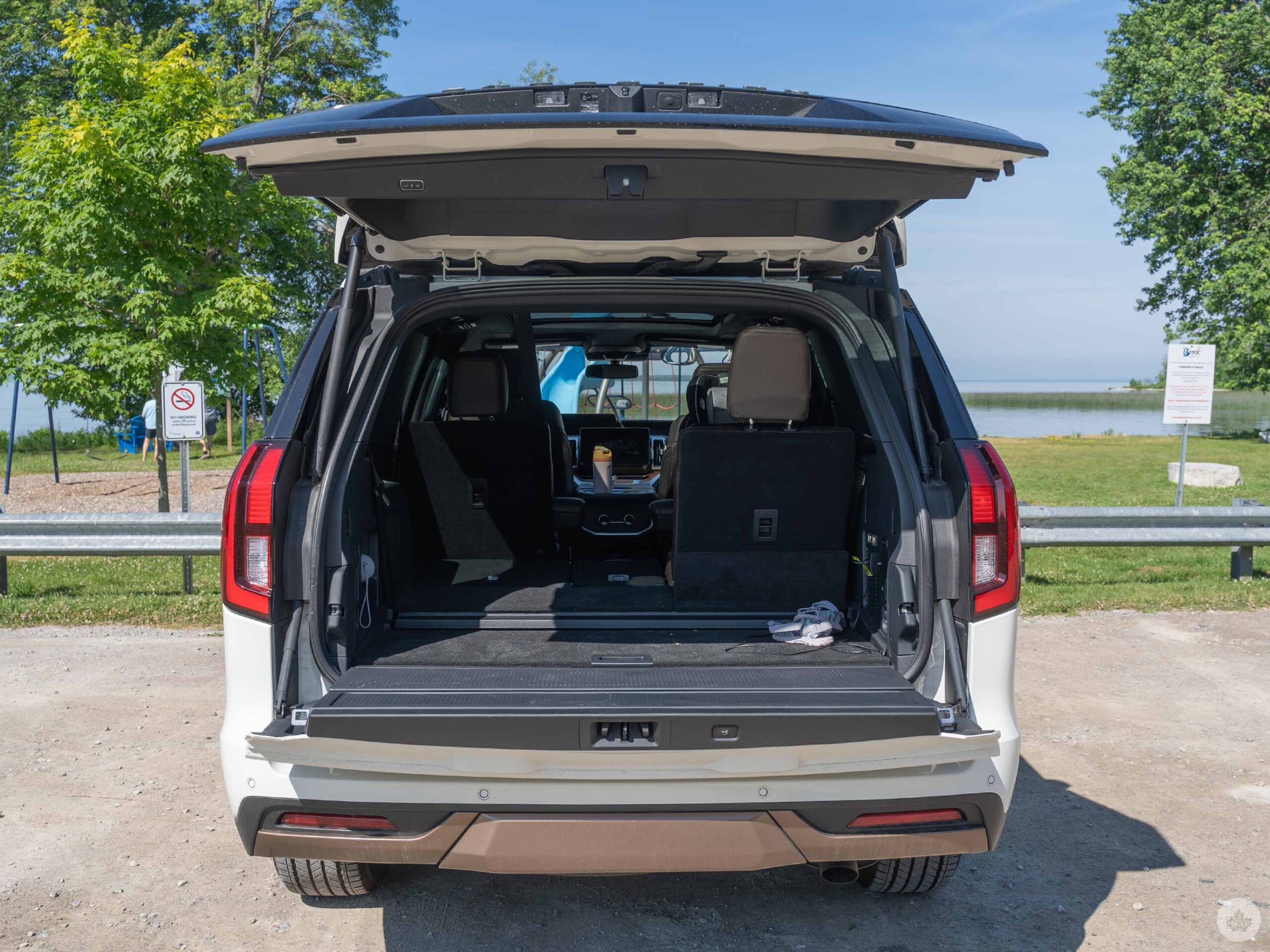
Back in the driver’s seat, the Expedition’s various customization options make for the ultimate comfort. You can adjust everything from the steering wheel down to the brake and gas pedals, lumbar support, and more. Coupled with tri-zone climate control, I was never uncomfortable.
The cooled seats were particularly interesting. I absolutely loved them, especially when I first started driving the Expedition at the tail end of the June heat wave in Ontario. But it also felt weird to have cool air constantly blowing on my backside. My wife described it as feeling like you were sitting in a wet bathing suit, and that’s about as good a description as I can think.
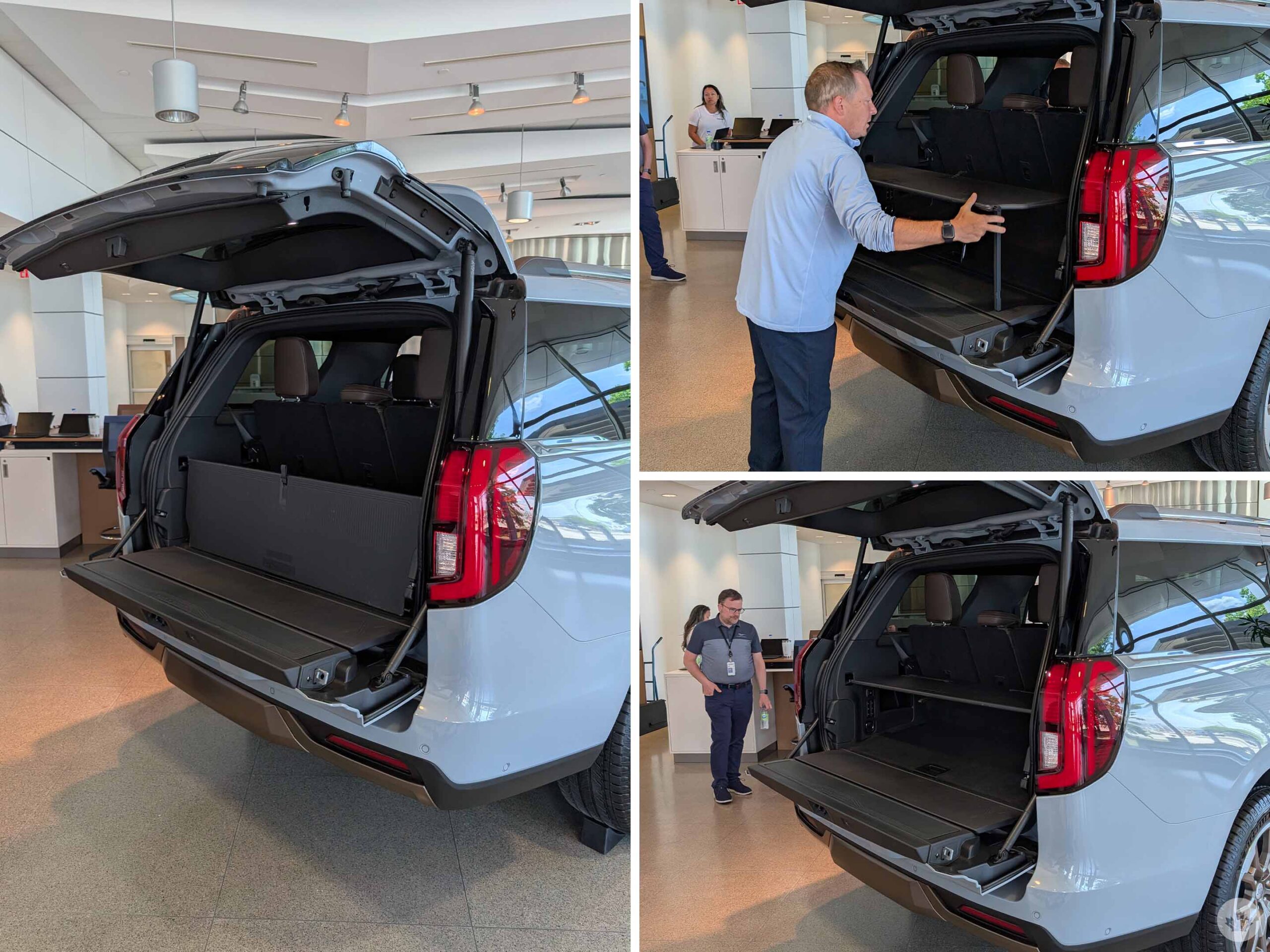
The Expedition sports what Ford calls the ‘split gate,’ which offers a tailgate-like experience.
As for the steering wheel, Ford did something a little different here. Instead of a typical round wheel, Ford equipped the Expedition with an oblong wheel that’s flatter on the top on bottom. At first, it gave me flashbacks to Tesla’s awkward Steering Yoke, but the Expedition’s steering wheel is more of a blend between a typical wheel and a yoke. It was a bit awkward at first, but after driving with it a little, I ultimately found the oblong wheel to be much more comfortable.
The Expedition also has tons of storage space, especially when you fold down the third row, making it great for family travel, which just so happened to be my primary experience with the Expedition. I loaded it up with everything I needed for an extended weekend stay with my parents and hit the road on the Saturday of the Canada Day long weekend. I had a few hours of driving ahead of me, most of which would take place on 400-series highways — perfect for using Blue Cruise.
Blue Cruisin’ down the highway
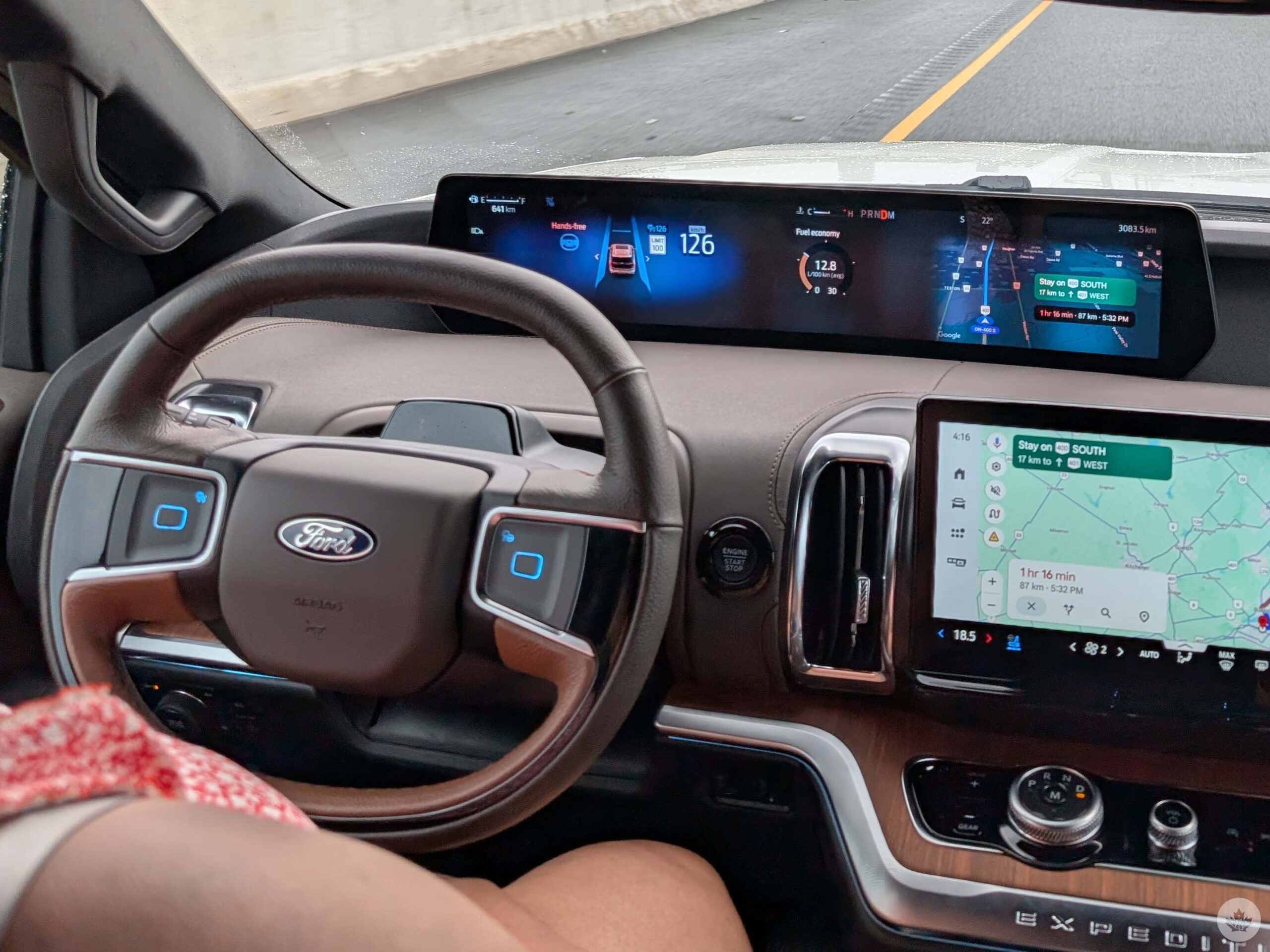
Blue Cruise in action.
Ford’s Blue Cruise tech was the main thing I wanted to test on the Expedition, and, as I mentioned up top, I have some mixed feelings. First, let me get into what the self-driving capabilities are, and then I’ll go over my experience.
Blue Cruise is a level two autonomous driving system, which means it can handle some driving tasks, but the driver is still largely responsible for controlling the vehicle and must be prepared to intervene. Moreover, Blue Cruise is limited to controlled-access highways, such as the 401 and QEW (it also worked for me on the Nikola Tesla Boulevard in Hamilton, Ont.). Thankfully, you don’t need to know exactly where Blue Cruise works and doesn’t, as the vehicle tells you when it’s available to use (though I do wish there was an option to dismiss the Blue Cruise banner if you don’t want to use it).
Using Blue Cruise is a breeze once you’re on an eligible highway. Drivers simply click the Blue Cruise button on the steering wheel to activate it, and then they can take their hands off the wheel. Controlling Blue Cruise feels a lot like cruise control, with drivers able to set a speed by pressing buttons on the wheel. The big differences, however, are that drivers can let go of the wheel, and the Expedition will stay in the lane by itself and adjust its speed as required for the current traffic. Drivers can even change lanes by flicking the indicator, and the Expedition will merge when it’s safe to do so.
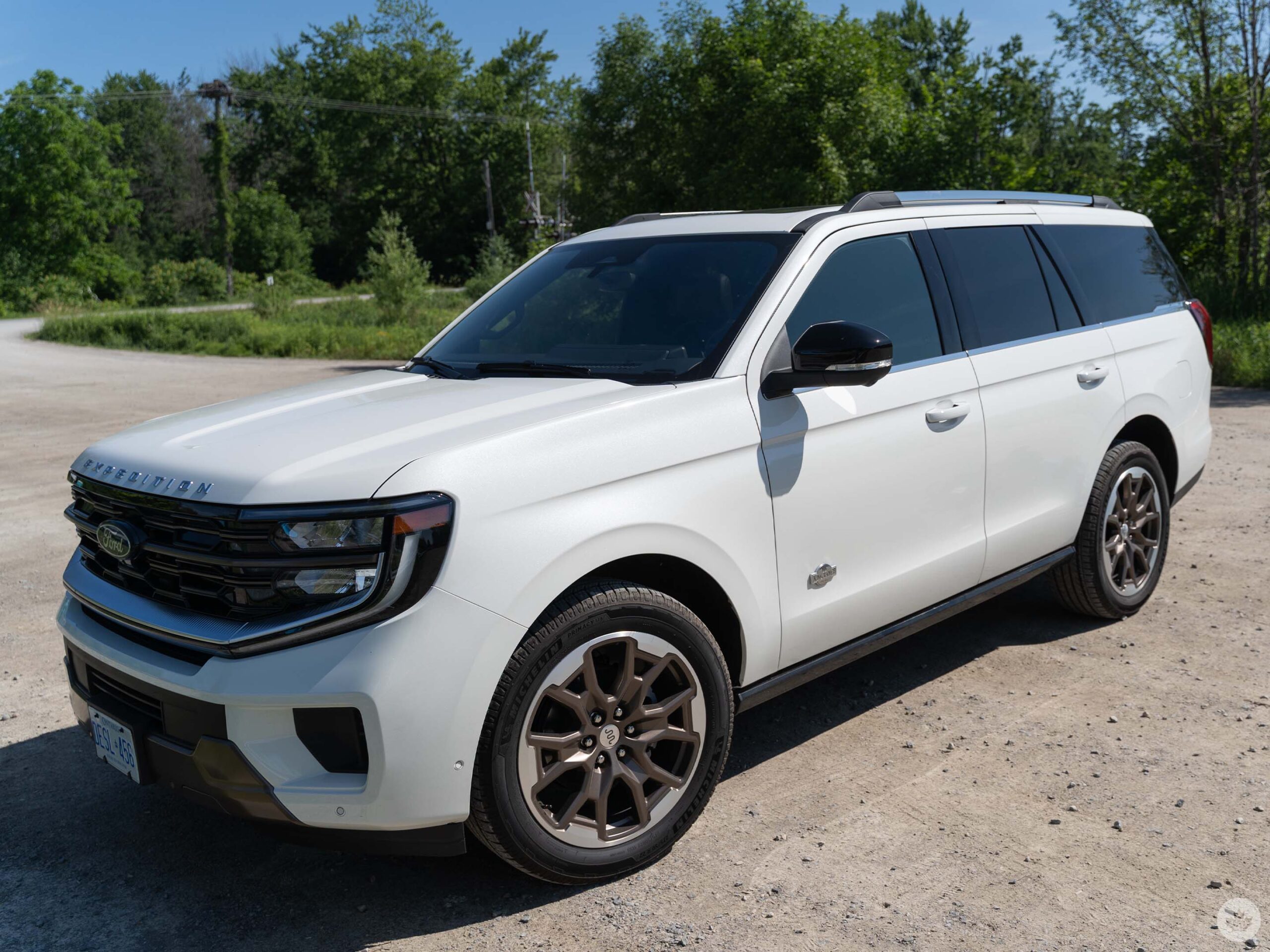
Ford equipped the Expedition’s steering wheel with a sensor cluster that monitors drivers while they use Blue Cruise to make sure they’re paying attention to the road. If the system detects that drivers aren’t paying attention, it will beep, and a message on the dash display asks drivers to pay attention. In my time with the Expedition, I found this system was very hit-and-miss. Sometimes it felt extremely aggressive and would beep at me if I turned my head for a few seconds, such as to check my blind spot. Other times, it was like it wasn’t even monitoring, and I could take my eyes off the road for several minutes without a beep.
I get why the monitoring system is there — the Blue Cruise system, as good as it is, absolutely needs supervision. The most significant issue I noticed while testing Blue Cruise is that it sometimes didn’t seem to notice if a vehicle merged into my lane. During my testing, the majority of times I intervened and took over from the self-driving system, it was to abruptly slow down after someone merged in front of me. I also noted that Blue Cruise tended to hug the passenger side of the lane and seemed to follow the pavement markings on the passenger side. Because of this, it was frustrating to use Blue Cruise in the slow lane as the vehicle would constantly try to take the highway exits.
Imperfect but surprisingly reliable
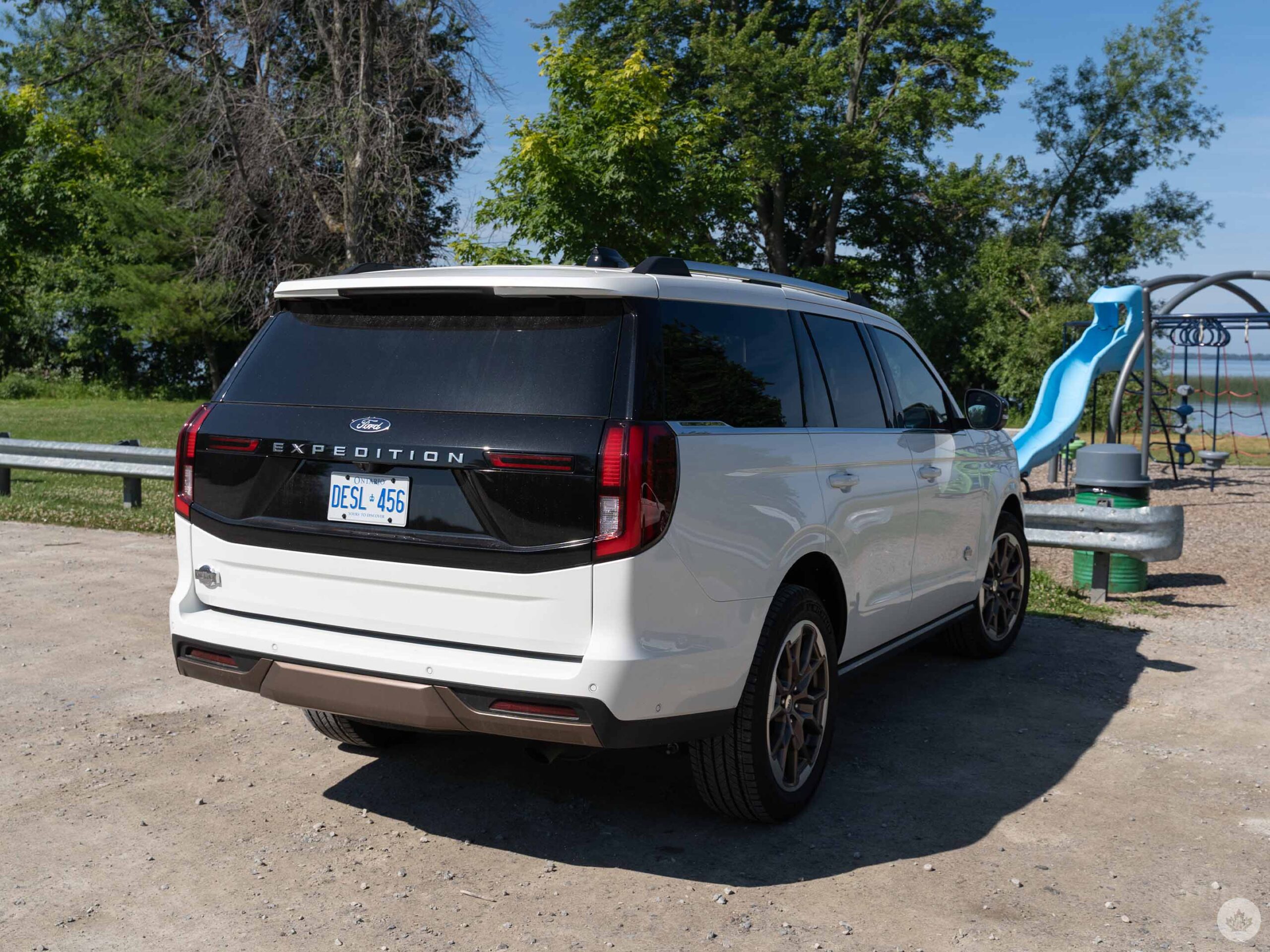
But for all my complaints, Blue Cruise impressed me with how generally reliable it is. Circling back to my example of going to visit my parents, roughly two-thirds of my trip involved driving on divided highways, including the QEW, 401, 403, and 404. Blue Cruise handled almost all of that portion of my trip, with me only stepping in occasionally to handle transferring from one highway to another. On another day, I tried driving from my home in Hamilton to the MobileSyrup office in Toronto and was impressed by Blue Cruise’s ability to handle rush-hour Toronto traffic. In fact, stop-and-go traffic is maybe the best place to use Blue Cruise.
Blue Cruise generally works hands-free, but sometimes the system asks drivers to help out, such as by requesting they keep their hands on the wheel in some situations. For example, when driving through areas with construction, Blue Cruise would ask me to prepare to take over. Similarly, on a trip I took from Hamilton to Oakville, I passed through a sudden downpour of rain that dropped visibility to near-zero. Blue Cruise asked me to put my hands on the wheel, but kept right on driving through it, staying in the lane and adjusting speed to match the car ahead of me — a car I could barely see because of the rain.
Overall, my experience with Blue Cruise was really positive. I felt very safe using it, and after testing it in a variety of conditions, I think it’s quite reliable. That said, I also had some concerns. Namely, Blue Cruise makes driving incredibly boring. Sure, there are some things I’d like to opt out of, like driving in stop-and-go traffic, but when traffic is flowing smoothly, driving is actually pretty fun. When I use Blue Cruise, I can be less engaged in the act of driving, but the monitoring requirements mean I can’t do anything else. Again, I get why Ford did this, but it results in a very boring experience where you sit there and watch Blue Cruise drive. It’s not fun.
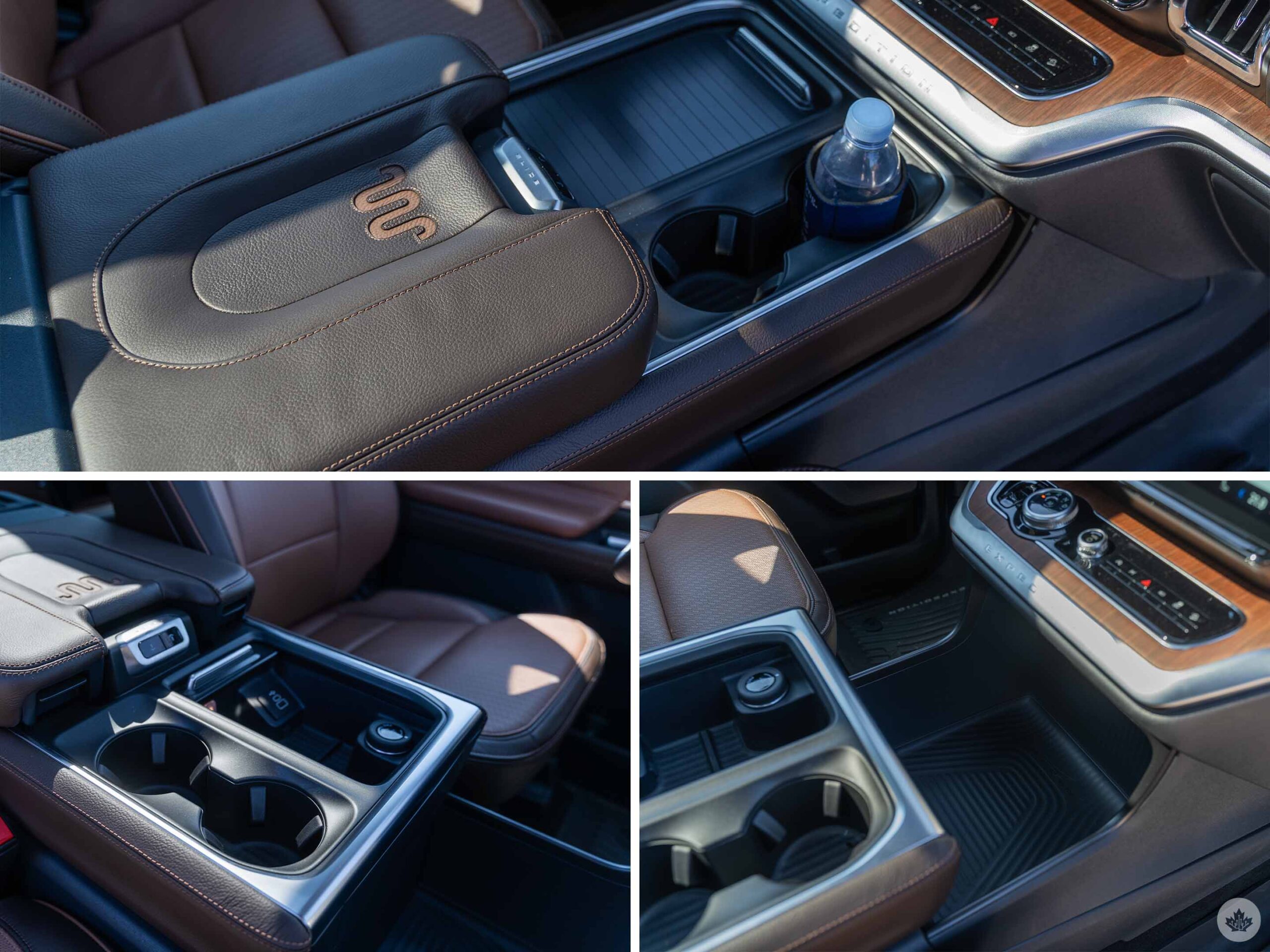
The Expedition’s centre console can move to reveal additional storage.
If anyone ever figures out reliable, fully autonomous driving that doesn’t require any supervision, I think I’d like that more because I could then spend my time doing something else instead of driving (or watching the car drive itself). But I don’t have high hopes it’ll happen any time soon, so I’ll just keep taking the train to the office instead.
It’s also worth noting that Blue Cruise isn’t free. Pricing varies by vehicle model year and when you purchase it. 2025 vehicles capable of Blue Cruise come with a free 90-day trial. Beyond that, it costs $650 for a year or $3,295 for a minimum of seven years, or $64.99/mo. This makes Blue Cruise quite expensive, especially for something you can’t use all the time. If I were buying a new Ford, I think I’d skip the upfront payment (unless I got a really great deal on it). Instead, I’d pick up a month of Blue Cruise here and there as needed.
Dual-screen infotainment is great
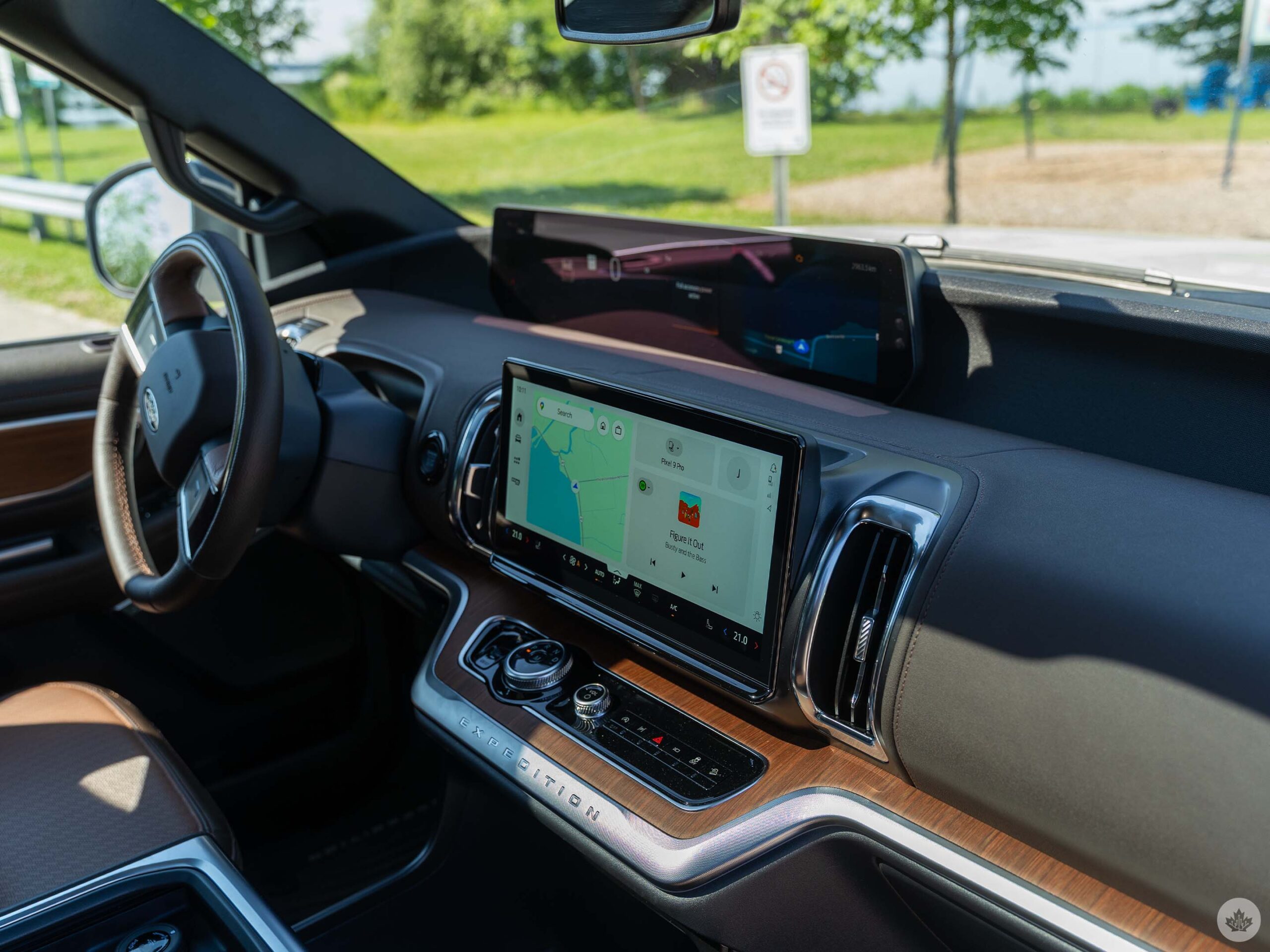
The last tech portion of the Expedition I want to touch on is the infotainment system. The Expedition sports two displays, one in the centre of the dash for driver and passenger, and another driver-specific panoramic display.
Ford touts the latter one as a heads-up display, and to some extent, the company is right. Its position on top of the dash and just below the windshield allows me to see it just at the bottom of my vision without obscuring my view of the road. The panoramic display handles all your pertinent vehicle information, including current speed and speed limit, Blue Cruise and lane assist features, temperature, compass direction, and more. When you hit the turning indicator, the panoramic screen displays a blind spot camera feed for the direction you indicate.
The right side of the display is dedicated to Google Maps. It will show your navigation steps if you punch in an address, or it will just show a map of the surrounding streets if you’re not actively navigating.
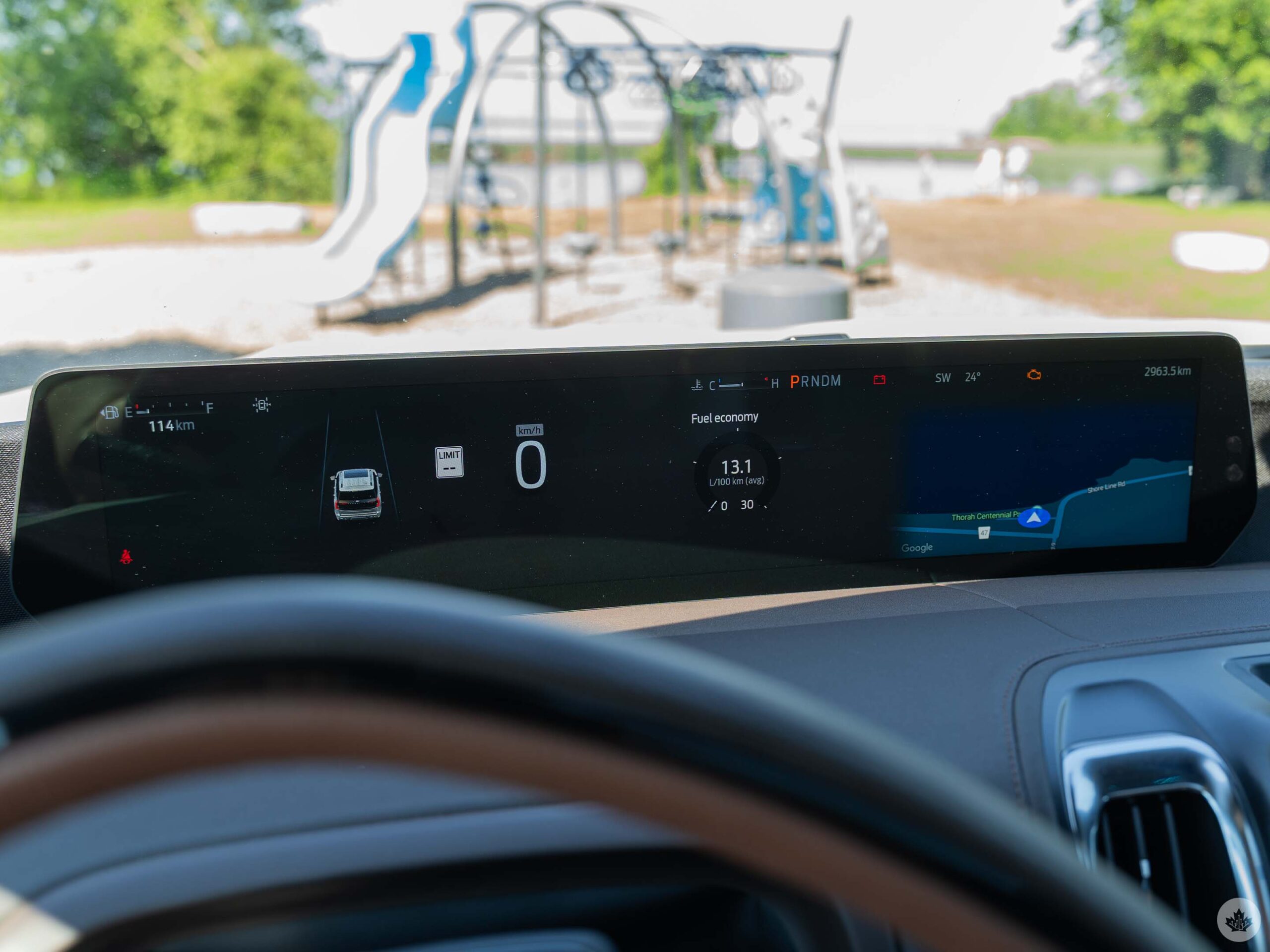
The panoramic display is great, but could be utilized better.
Finally, the panoramic screen includes a customizable section where you can pick from several different options, including additional vehicle info, towing details, weather, music, fuel mileage and more. (Speaking of mileage, the Expedition averaged about 13L/100km throughout my time with it, which was primarily highway driving.) You can even customize the theme, but this only amounts to different highlight colours on the various elements and isn’t that noticeable overall.
I generally like the panoramic display and what Ford is doing with it, but I definitely think Ford can improve the experience overall. In its current iteration, it feels like the software doesn’t make effective use of the whole display. There’s a lot of wasted space around the speedometer, while other elements of the screen felt cluttered. I wish there were an option to show the blindspot cameras all the time — there’s definitely room for it, and it’d be handy to see what’s coming up behind with just a glance down.
Ford Digital Experience offers everything you could want, as long as you’re parked
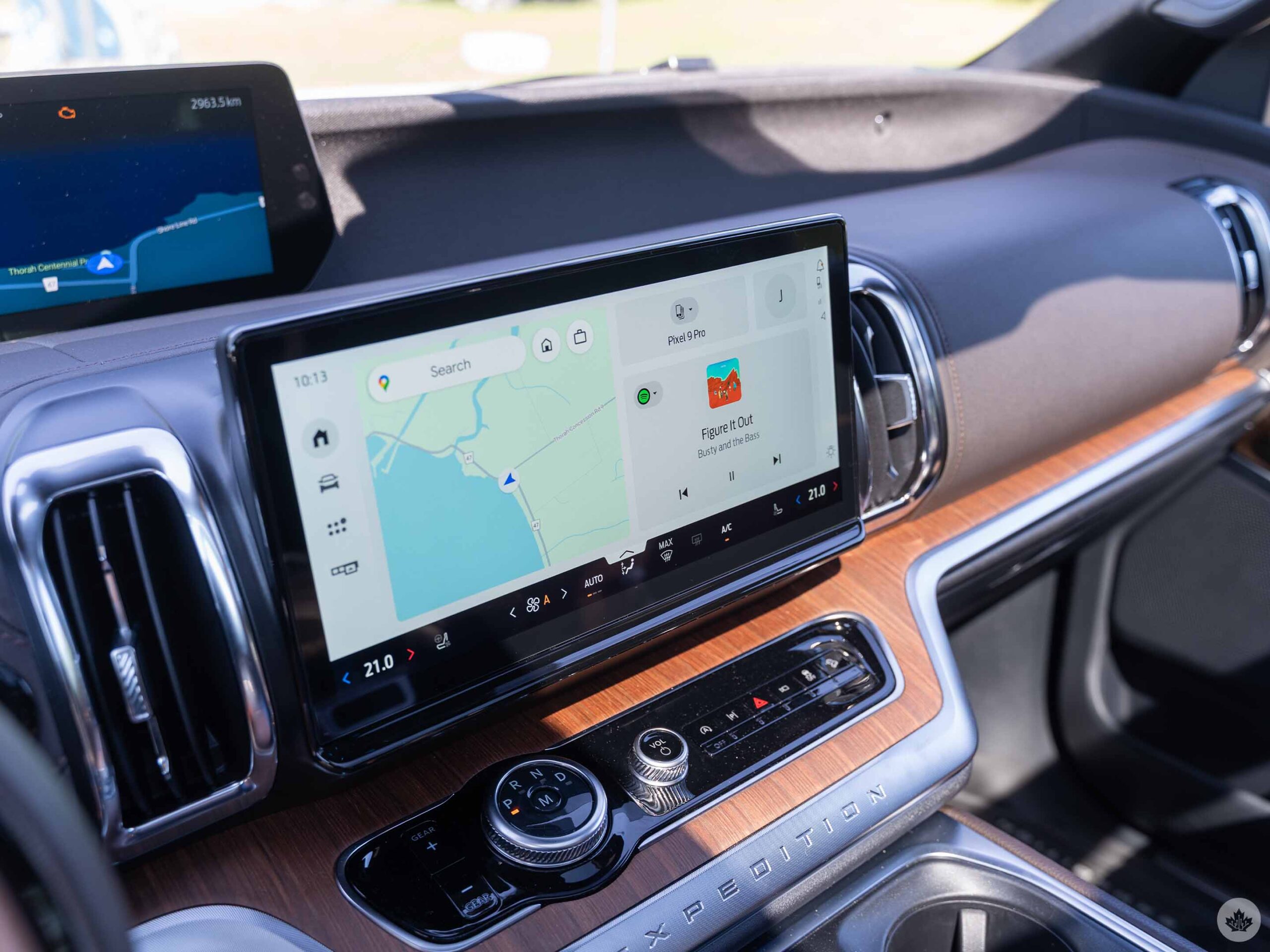
As for the central display, this is where all the action happens. The infotainment uses Ford’s ‘Digital Experience,’ which is a Google-based software experience. (Ford also offers Android Auto and Apple CarPlay via projection, though the company recommended I avoid using the Android Auto projection since it’s a similar experience and can conflict with the Digital Experience.)
The central display handles everything from temperature control to music and more. I have mixed feelings about most of it — give me back my buttons and knobs! — but it was also really convenient to be able to invoke Google Assistant with a voice command and ask it to start navigating me, play a song, or send a text. The infotainment supports apps as well, allowing you to watch content on streaming platforms, download your preferred music app, navigate with Google Maps, and even play games (you can connect a Bluetooth controller too!).
- Ford Digital Experience home screen.
- Vehicle customization options.
- Apps on the Ford Digital Experience
- Panoramic display controls.
Understandably, and also frustratingly, most of these features don’t work while driving. Some apps will ask if the passenger is using it, but even then, the system is so locked down when the vehicle is in motion that it’s not worth bothering. It makes doing even simple tasks, like changing the music, really annoying. Sure, I could use voice to do it, but sometimes Google Assistant isn’t reliable. Moreover, the system didn’t make it easy for me to pass control to a passenger, and I constantly had issues trying to let passengers take over DJ duties by connecting their own devices.
Ultimately, it’d be great if the passenger got their own display that didn’t have the driving restrictions, allowing them to watch shows or play games while on the road.
Other tech features
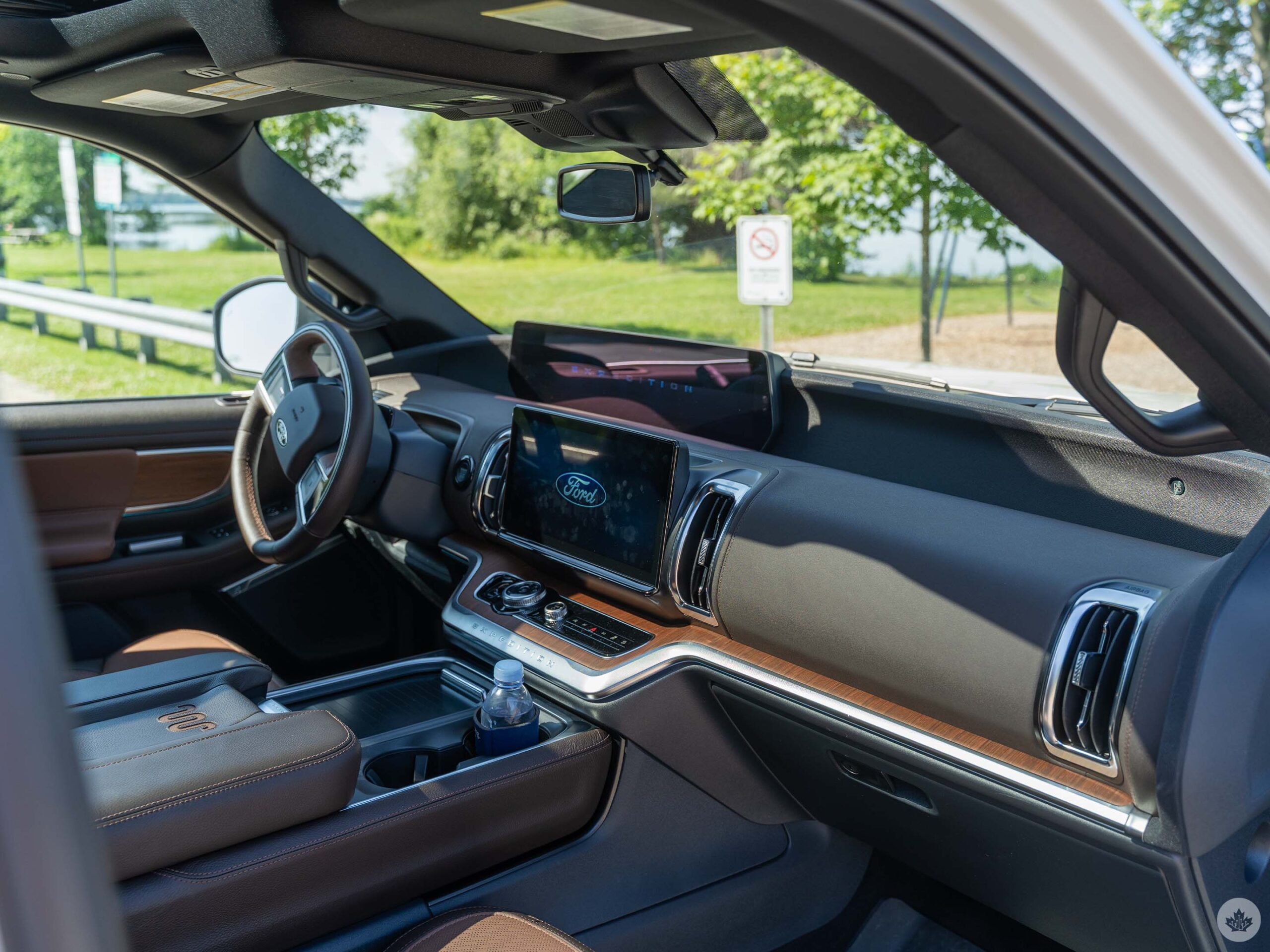
Ford snuck a few other handy tech features into the Expedition that are worth mentioning. For starters, the Expedition boasts an excellent Bang and Olufsen sound system that made every song I played sound fantastic.
Moreover, Ford equipped the Expedition with in-vehicle Wi-Fi, allowing you to connect up to 10 devices. The Wi-Fi leverages a cellular connection, which roams across providers depending on where you are in North America. Ford told me that in Canada, it would predominantly be on Bell. Naturally, you’ll need to buy Ford’s Connectivity Package to use this, though you do get a year free. Ford charges $199.95/year for the package, or a $995 one-time purchase, which gives you the Connectivity features for a minimum of seven years.
The Expedition’s centre console also had some handy features. There’s a built-in tablet holder, which is great for setting up a movie for passengers in the second and third row to watch. (And if you have the Connectivity package, it can stream off your in-vehicle Wi-Fi.) Further, the centre console can be moved forward and backward to reveal a hidden compartment, which is handy for storing small bags or purses. Ford equipped the seats with device holders, and there are USB-C ports all over the interior so people can plug in and charge their tech.
That oblong steering wheel I mentioned near the top sports a unique input method that sounds cool, but in practice, was actually pretty annoying. Ford put ‘contextual’ buttons on the steering wheel. They feel almost like a cross between an iPod click-wheel and a laptop trackpad, allowing for a lot of input by swiping around or clicking certain parts of the wheel.
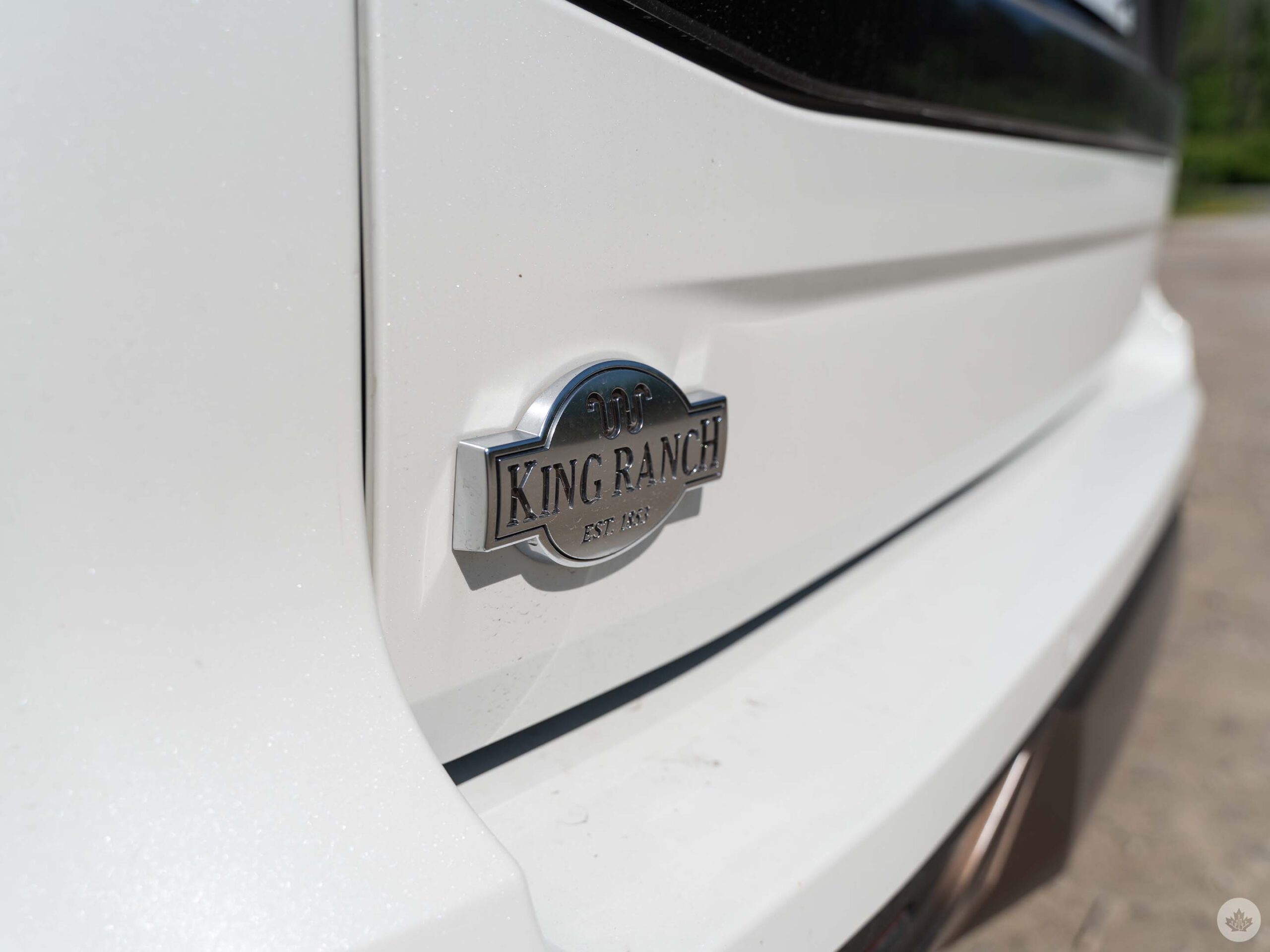
The main issue with the contextual touch buttons was that I never knew what they were supposed to do without pressing them first, and then taking my eyes off the road to see what the options were. For example, the right context wheel offers music playback controls when music is playing, but I had no idea it was an option until I accidentally swiped the button and saw the controls appear on the dash.
Overall, I came away from my time with the Ford Expedition impressed. It’s not really my type of car (I’d rather have a small EV or, even better, walkable cities where I don’t even need to own a car) but the Expedition’s tech is impressive.
The Expedition starts at $83,815 in Canada, but you’ll need to step up to the $97,745 Platinum trim to get Blue Cruise. The top-line King Ranch trim I tested starts at $109,235 and sports a ton of other upgrades, like the Del Rio leather seats, heated/cooled front seats and heated second-row seats, one year of Blue Cruise included, and more. Ford’s website has all the details about the different features of the various trim levels.
MobileSyrup may earn a commission from purchases made via our links, which helps fund the journalism we provide free on our website. These links do not influence our editorial content. Support us here.
